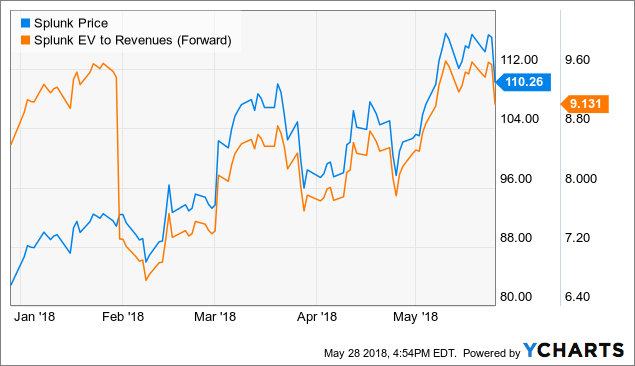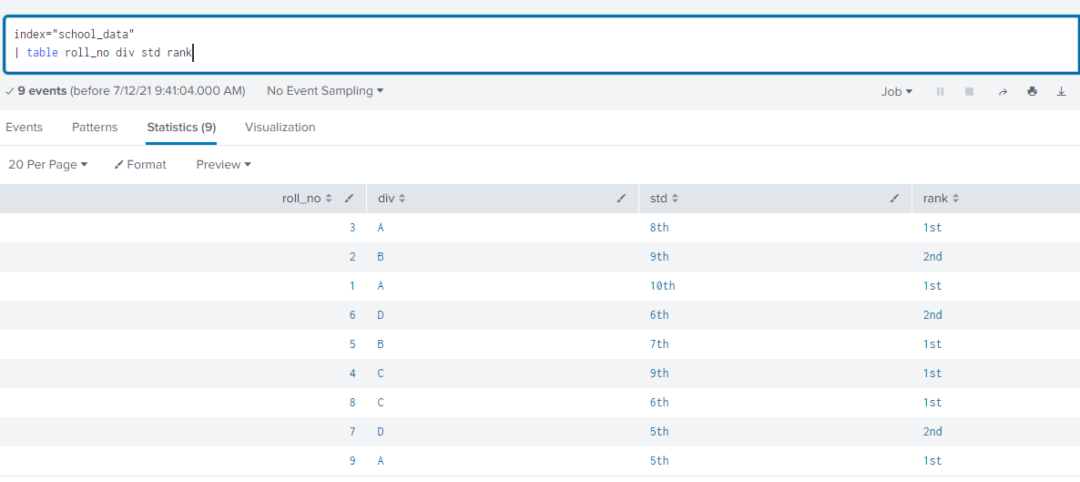

This transformation combines all fields from all frames into one result. In the example below, I added two fields together and named them Sum. Replace all fields - (Optional) Select this option if you want to hide all other fields and display only your calculated field in the visualization.If you leave this blank, then the field will be named to match the calculation. Alias - (Optional) Enter the name of your new field.You can also use numerical values for binary operations. These fields allow you to do basic math operations on values in a single row from two selected fields. Operation - If you select Binary option mode, then the Operation fields appear.For information about available calculations, refer to Calculation types. Click in the field to see a list of calculation choices you can use to create the new field. Calculation - If you select Reduce row mode, then the Calculation field appears.Field name - Select the names of fields you want to use in the calculation for the new field.Index - Will insert a field with the row index.Binary option - Apply basic math operation(sum, multiply, etc) on values in a single row from two selected fields.Reduce row - Apply selected calculation on each row of selected fields independently.Each transformation allows you to add one new field. Use this transformation to add a new field calculated from two other fields. You can perform the following transformations on your data. Click the trash icon next to the transformation you want to delete.Identify all dashboards that rely on the transformation and inform impacted dashboard users.When you delete a transformation, you remove the data from the visualization. We recommend that you remove transformations that you don’t need. The input and output results sets can help you debug a transformation. To see the input and the output result sets of the transformation, click the bug icon on the right side of the transformation row. This transformation acts on the result set returned by the previous transformation. To apply another transformation, click Add transformation.
SPLUNK JOIN ONLY RETURNS FIRST MATCH HOW TO
For more information about how to configure a transformation, refer to Transformation functions.įor information about available calculations, refer to Calculation types. Hover over any part of the panel to display the actions menu on the top right corner.Ī transformation row appears where you configure the transformation options.


Navigate to the panel where you want to add one or more transformations.

For a complete list of transformations, refer to Transformation functions. This documentation does not include steps for each type of transformation. The following steps guide you in adding a transformation to data. For example, if you use a Reduce transformation to condense all the results of one column into a single value, then you can only apply transformations to that single value. The order in which Grafana applies transformations directly impacts the results. Each transformation creates a result set that then passes on to the next transformation in the processing pipeline. When there are multiple transformations, Grafana applies them in the order they are listed. Grafana provides a number of ways that you can transform data. This can help you understand the final result of your transformations. When that happens, click the Table view toggle above the visualization to switch to a table view of the data. Sometimes the system cannot graph transformed data. You can also use the output of one transformation as the input to another transformation, which results in a performance gain.


 0 kommentar(er)
0 kommentar(er)
